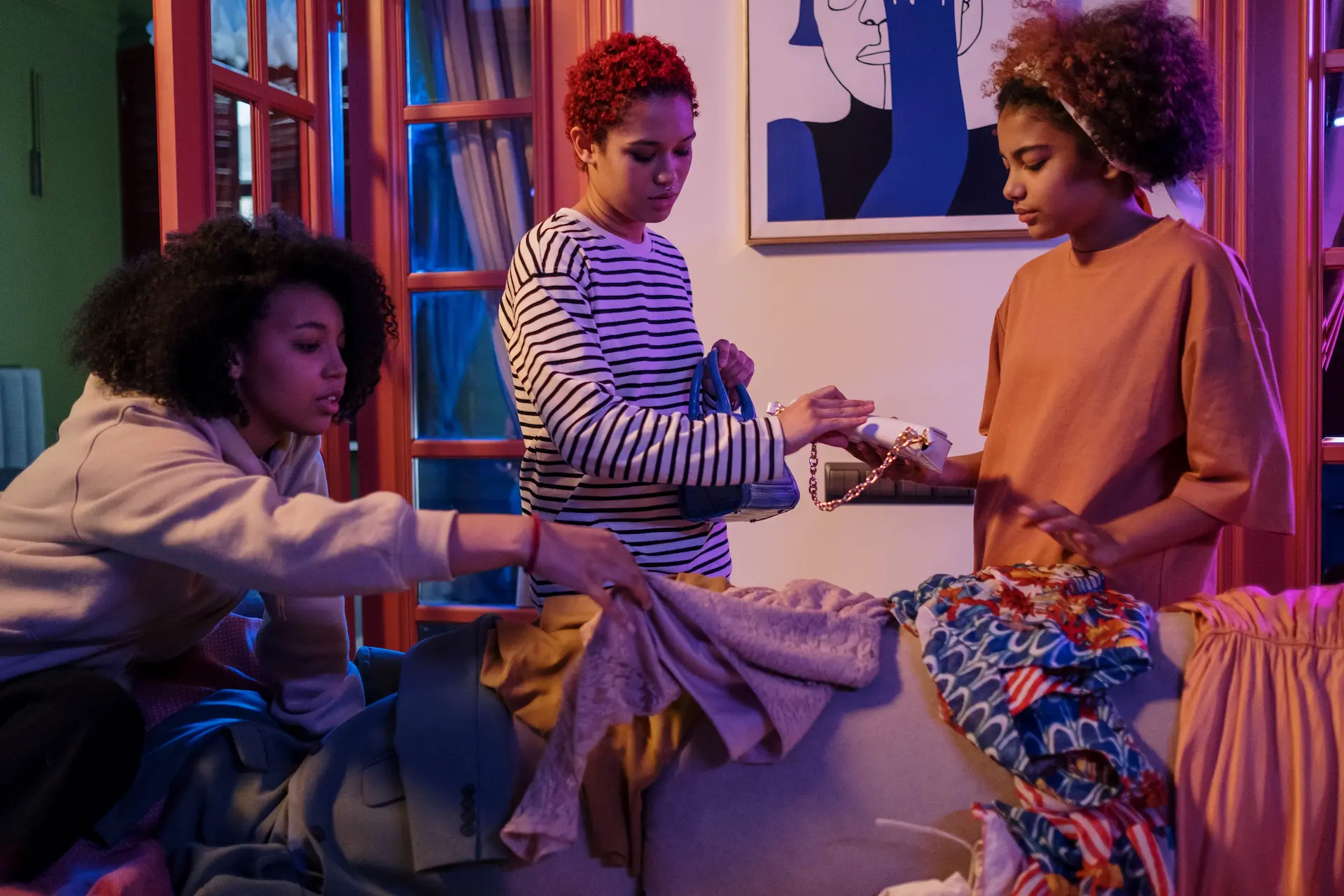Six Ways to Make Ocean-Friendly Fashion Choices
While trends come and go, sustainable fashion never goes out of style

While more than 200,000 people flock to New York Fashion Week shows to get ahead of the curve on the next fashion trends, at Ocean Conservancy we have been doing some fashion analysis of our own. Our ocean experts have concluded that while some fashion trends may come and go like the daily tides, sustainable fashion is always “in”when it comes to protecting our ocean from plastic pollution.
With more than a garbage truck’s worth of plastic entering the ocean every minute, Ocean Conservancy is fighting to protect the ocean from all sources of plastic pollution, including from the clothing we wear.
Get Ocean Updates in Your Inbox
Sign up with your email and never miss an update.
Did you know that more than 60% of our clothes are made of plastic? That amounts to more than 70 million pounds of plastic used to make clothes every year around the world. And this issue has only become worse with the rise of “fast fashion”—rushed production of clothing that typically doesn’t last as long as clothing made over a longer time frame. In fact. clothing production approximately doubled between 2000-2015, while the average number of times an article of clothing was worn decreased about 30%. It’s startling to note that Ocean Conservancy’s International Coastal Cleanup® volunteers have collected 1,031,234 pieces of clothing and 1,075,495 shoes from beaches and waterways worldwide.
In addition, research has shown that microfibers, tiny thread-like pieces of plastic, are the most common form of microplastics in environmental samples. Clothing is a significant source of how these plastic microfibers end up in the environment in the first place. The textile industry produces microfibers at each step of the production process, and even doing laundry releases microfibers—an estimated 18 million microfibers may be released from a single load of laundry.
In some studies, plastic microfibers represent more than 90% of all microplastics ingested by marine animals. Marine animals that ingest microplastics can have all kinds of negative health impacts such as blocking their digestive tracts, impacting their hormones and reducing reproductive behaviors, among others.
We are fortunate, though, to have the power to make changes that prevent plastic pollution, including from our fashion! Ocean Conservancy has compiled a list of some of our favorite ways to minimize the impact our clothing has on the ocean. Here are six ways to make your fashion choices more eco-friendly:
Support Preloved Clothing
A great way to keep clothes from turning into waste is by buying from second-hand shops and donating or re-selling your own clothing when you no longer want or need it. This helps to create a more circular clothing economy and reduces the need for new clothes to be made!
Host a Clothing Swap Party
Another eco-friendly way to refresh your closet is by hosting or attending a clothing swap. This is a great choice for social clubs or college dorms and can also be done on a smaller scale between friends!
Don’t Toss When You Can Repair!
Well-loved clothing items sometimes lose buttons or form small holes over time. Instead of tossing these items when they gain a few imperfections, see if you can repair them first, either at home with a sewing kit or by taking them to your local tailor. Repairing clothes can significantly extend their lives and help reduce clothing waste.
Buy Classics That Last
Try to avoid clothing that is produced with an emphasis on speed over quality. When choosing what to buy, do your best to opt for styles and materials that last. By choosing quality over speed and trends, you can avoid waste from materials that don’t last as long.
Use a Microfiber Capture Device in Your Washing Machine
While Ocean Conservancy is working to support legislation that would require microfiber filters on all new washing machines, in the meantime, there are several products available now that can help filter and capture microfibers in your load of laundry to prevent them from ending up in our ocean. Some examples include microfiber filtering garment bags, fiber trappers that you can add in with your clothes or installation of an external microfiber filter.
Support Policies to Prevent Laundry-Based Plastic Pollution
With washing machines being such a huge source of microfiber pollution in the environment, Ocean Conservancy is advocating for legislation in Illinois and California that would require all new washing machines to come with filters built-in (just like our dryers!). Add your name and join Ocean Conservancy in calling on state and federal lawmakers to add microfiber filters to commercial washing machines.